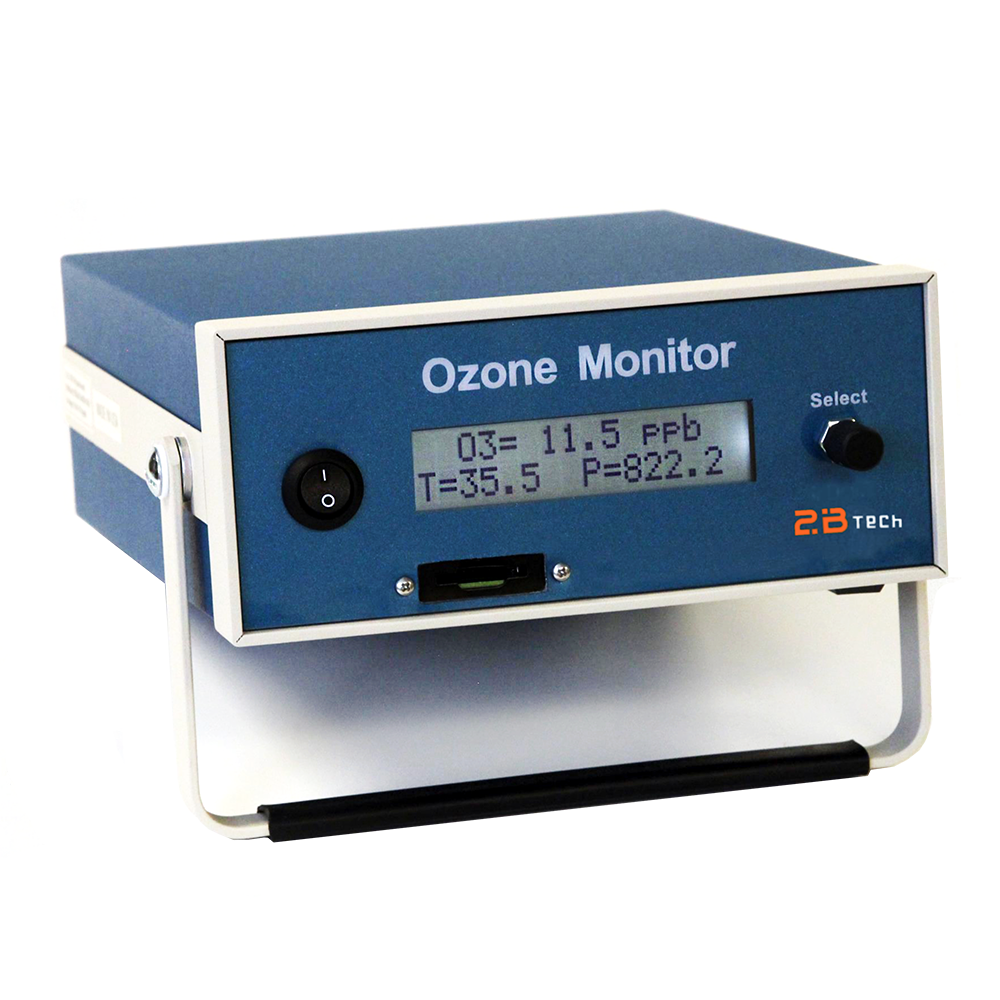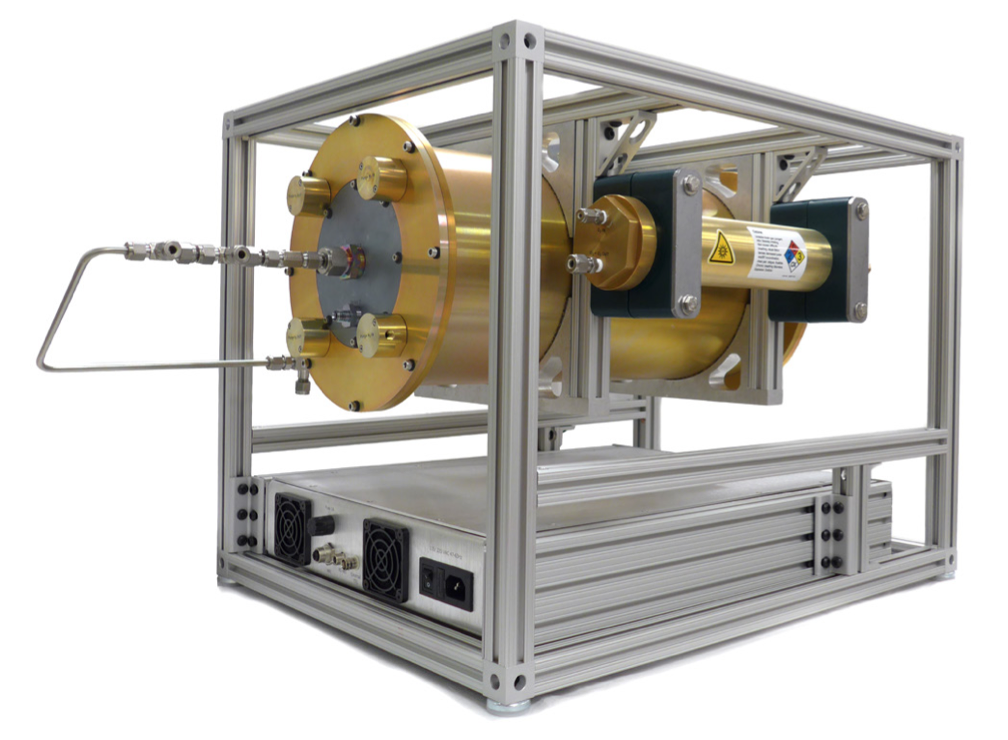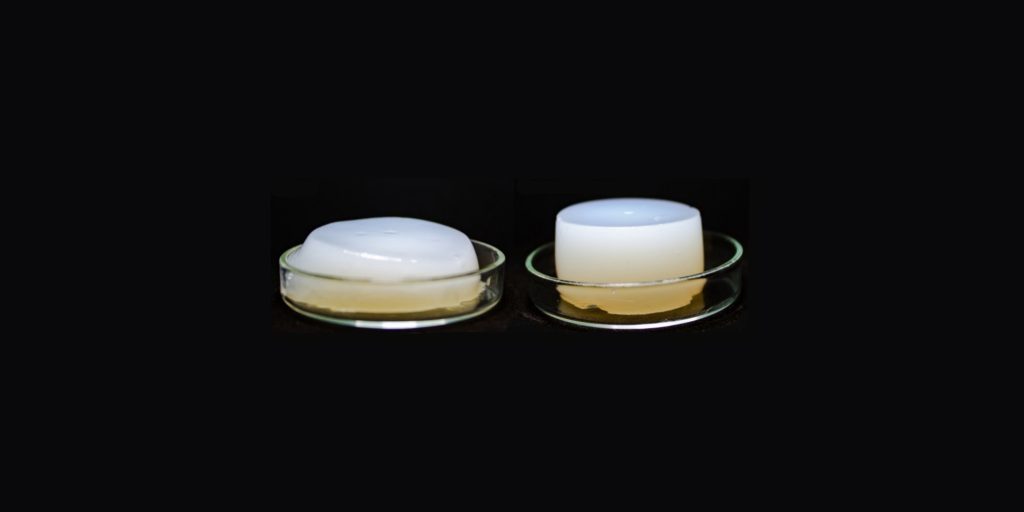The Maryland Department of the Environment (MDE) Deploys a Portable Ozone Monitor On Hart Miller Island (HMI) to Study Increased Ozone At Coastal Monitoring Sites Along North Chesapeake Bay (NCB)
The Problem: Ozone monitoring sites for the State of Maryland experience higher ozone at locations along the Northern Chesapeake Bay (NCB) than in other locations across the state. These sites near the Bay create ozone compliance concerns for the state because the observed ozone concentrations exceed the National Ambient Air Quality Standard (NAAQS) of 70 ppbv; in 2015 they accounted for most of the exceedances in the entire state. In 2010, 123.3 million people lived in coastal areas in the U.S. and this population is expected to grow by 10 million people by the end of 2020. Increased ozone concentrations in coastal areas thus have the potential to expose a large portion of the United States population to the negative health effects caused by increased ground-level ozone and poor air quality. Gaining an understanding about the role of marine air over the Chesapeake Bay at the land/water interface could help guide future science and policy.

The Solution: The Maryland Department of the Environment (MDE) operated a portable ozone monitor, the 2B Technologies Model 202, on Hart Miller Island (HMI) to monitor the ozone concentrations over the Bay in the summers of 2016 and 2017. HMI is a 1100-acre island situated approximately 22 km east of downtown Baltimore and 5 km offshore. The Model 202 was operated under FEM conditions, allowing its ozone data to be compared with FEM/FRM ozone analyzers at other sites in Maryland.

Results: The ozone concentrations observed at the HMI site (in red in the plots above) were the highest in the state on 28% of the days when the site reported a valid maximum daily 8-hour average for ozone (MD8AO). The site also reported 24 exceedance days (MD8AO above 70 ppbv) with the highest ozone values of any site in the state on 18 of those 24 days. The high ozone at the HMI site typically occurred when the island experienced intense southerly winds. The ozone concentration could increase by as much as 10 ppbv in 10 minutes during episodes of intense southerly winds. These high ozone conditions can create exceedances of the NAAQS at the other coastal monitoring sites, with adverse impacts on the health of the local population.
Access the full research paper here: https://www.tandfonline.com/doi/full/10.1080/10962247.2019.1668497

The 2B Tech Instrument’s Role: The Model 202 was the portable ozone monitor deployed during the two-year study. The FEM designation combined with the small form factor of the Model 202 made for easy deployment of an instrument with data that could be validated against other FEM or FRM compliance monitoring stations. The low power consumption of the Model 202 in addition to the instrument’s portability and FEM designation made it the best choice for ozone measurements in the Northern Chesapeake Bay.
The Bottom Line: The Model 202 is the ultimate combination of portability, low power consumption, and highly precise/accurate (1.5 ppb) ozone measurements in a FEM-approved package. This robust instrument can log nearly an unlimited amount of data on an SD card while offering optional GPS and an external battery for field deployments. It has stood up against the test of time, as it was the first ozone monitor manufactured by 2B Technologies and is still a best-seller. Please reach out to 2B Technologies to discuss using the Model 202 for your application.




